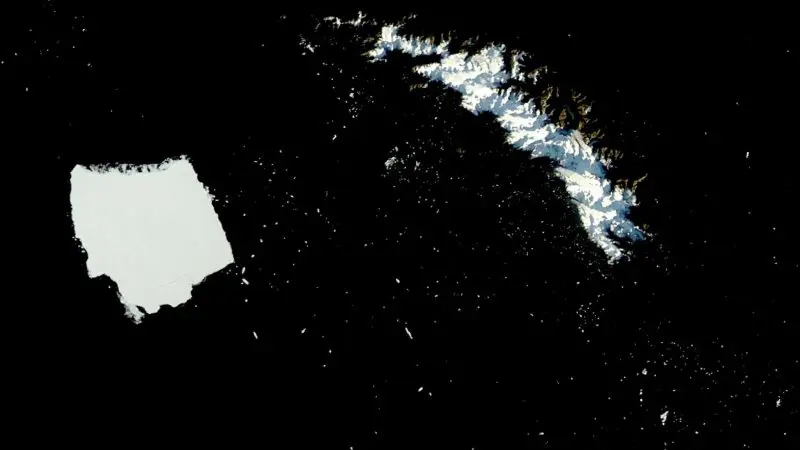Researchers have put forth numerous theories about the origins of the Wilkes Land crater in East Antarctica since the 1960s. However, it has only recently become possible to determine what lies behind this gravitational anomaly, thanks to cutting-edge research technologies. The latest data from scientists suggest that the subglacial hole may be an impact crater measuring 510 kilometers in diameter, formed by a meteorite strike. Interestingly, it could be the largest impact crater on Earth.
Initially, it was identified as a massive dent in Earth’s gravitational field. Early ground-based seismic and gravitational studies indicated that the crater was enormous, with a diameter of 240 kilometers. However, new research methods have revealed that the diameter is actually twice that size. In 2018, scientists discovered that the Wilkes Land crater is located about 1.6 kilometers beneath the surface of the Antarctic ice sheet. Researchers have been able to study the crater in greater detail than ever before. They are also intrigued by its potential connection to southern Australia, which was linked to East Antarctica around 35 million years ago. While the crater’s origin is not yet definitively established, research findings suggest that this massive hole formed before the continents split apart.
How did scientists arrive at the theory of a meteorite origin for the crater? Of course, researchers considered other possibilities for the Wilkes Land crater’s formation. They speculated that it could be a volcanic structure, a sedimentary basin, or a deeply eroded valley. Ultimately, however, scientists settled on the meteorite impact theory. During the latest study, researchers employed satellite remote sensing methods, allowing them to map the crater and determine its physical characteristics, as reported by Live Science.
The central peak of the crater is believed by researchers to be a structure known as a mass concentration, or mascon. Mascons can form within meteorite impact structures when the meteorite penetrates the Earth’s crust and affects the mantle beneath it. After the impact, the mantle may rebound and create a dense plug, leading to a positive gravitational anomaly, the scientists explained. The Wilkes Land crater and its mascon are not perfectly circular; they form a U-shaped structure. According to new data, the northern side of the crater is fragmented, possibly due to tectonic processes that split Australia and Antarctica apart. Portions of the crater are clearly visible in southern Australia.
Scientists have also found that the diameter of the crater corresponds to the speed and size of cosmic rocks that regularly collided with the young Earth between 4.1 and 3.8 billion years ago. If it is confirmed that the giant hole in East Antarctica is indeed an impact crater, it would be the largest known impact crater on Earth.

